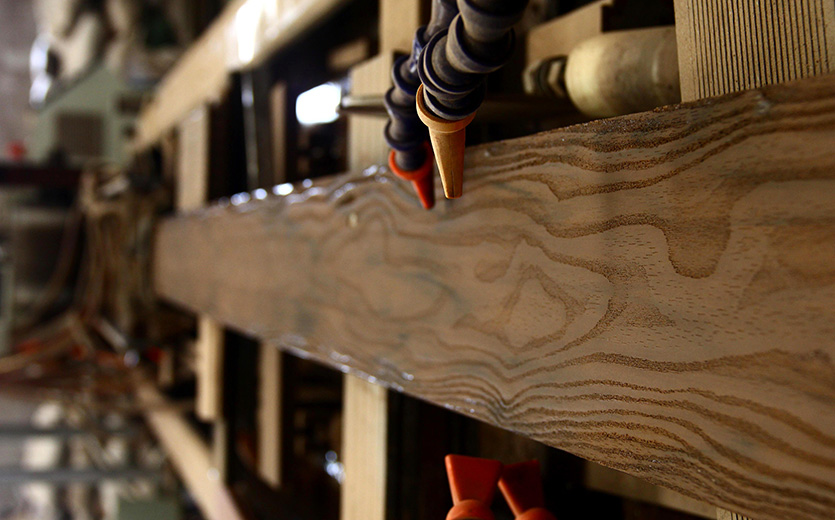
When starting a construction project, most of us will find ourselves in a situation where it’s hard to choose what building material to use. There are just too many of them. With new technologies emerging during the past decades, the market is now enriched with new materials, one of which is gaining popularity rapidly. That is, WPC, short for Wood-Plastic Composite.
WPC, in some way, is transforming our indoor and outdoor living experience. The material, meant to replace wood, is part of the future we’re about to behold. So, we discuss the things you need to know about WPC material.
What Is Wood-Plastic Composite?
Wood-Plastic Composite, abbreviated as WPC, is a kind of environmentally friendly material manufactured by combining wood fiber with plastics. One good thing about WPC is that the wood fiber and plastics used to make it are all recycled. And after it’s used up, WPC can also be recycled, making it a material that’s friendly to our planet.
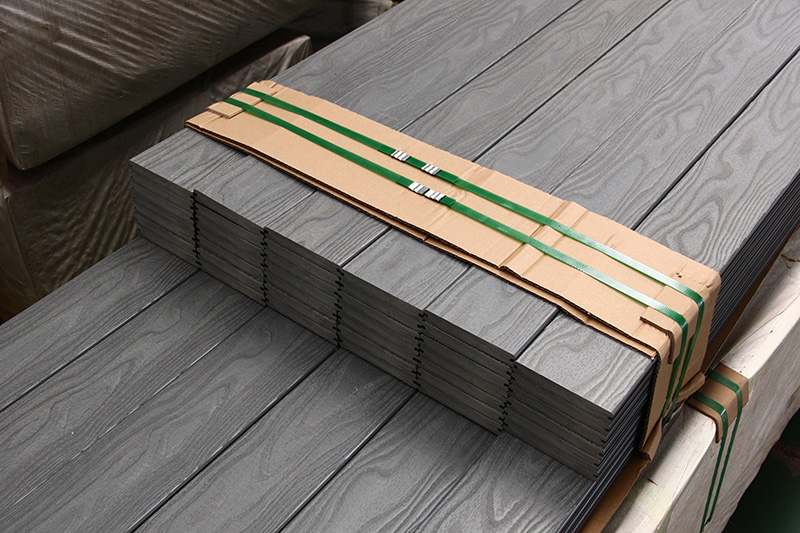
Above all, the US is the main market for WPC, which saw an increase of 200% between 2001 and 2006. And the global WPC market is expected to reach US$ 12.99 billion by 2028.
How Is Wood-Plastic Composite Made?
There are currently three manufacturing technologies adopted to make WPC, namely extrusion, injection molding, and compression molding. The most common way of making it is by extrusion. The main ingredients include either virgin or recycled wood fiber and plastics, and additives like colorants, coupling agents, UV stabilizers, blowing agents, foaming agents, and lubricants. The first step of the extrusion process is to grind, screen, and dry wood fiber. Once it’s done, the wood fiber will be thoroughly mixed with polymer so the extrusion can occur later. The mixture of wood fiber and polymer will be fed into the barrel of the machine and pushed through the die. After the mixture is extruded into shape, so it will be cooled.
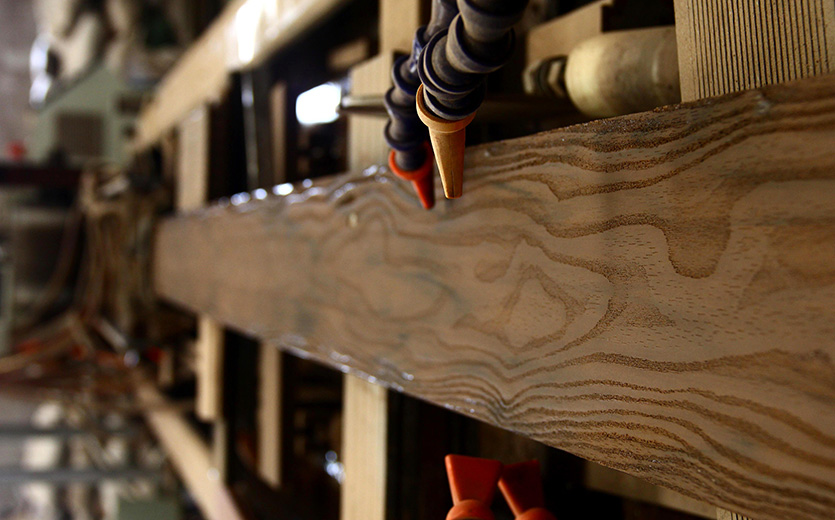
PVC, polyethylene, and polypropylene are the most commonly used plastics in WPC manufacturing. Among the wood fibers and plastics used, hardwood fiber and HDPE are the optimum option to make long-lasting, high-quality WPC materials.
What Are the Advantages of Wood-Plastic Composite?
Therefore, wood-plastic composites are mainly used in substitution for wood. Natural wood, despite being widely used, actually has many downsides that hold back its further use. In addition, real wood contains moisture, prone to rot, weathering, and termites. Wood-plastic composites are to deal with those.
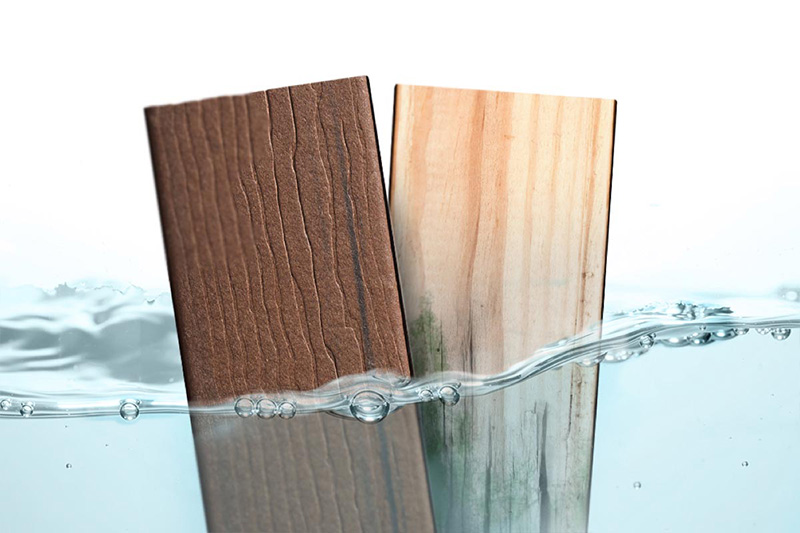
Thanks to the unique blend of wood fiber and polymer. WPC products are made with even density, meaning that impurities and weak spots are eliminated. Above all, with a low water absorption rate, rotting and splintering is no longer an issue. Thus, here’s a thorough comparison between wood-plastic composites and wood.
| WPC Material | Timber | |
| Lifespan | 25 years or more | 15-25 years under decent maintenance |
| Color Stability | Highly fade-resistant | Requires frequent painting |
| Termite Resistance | High | Becomes food for termites |
| Surface Hardness | Resistant to scratch and gouge | Prone to splintering and scuff |
| Water-resistance | High | Relies on painting or oiling to resist moisture |
| Fire-resistance | Bfl-s1 fire rating | High risk of being lit |
| Eco-friendliness | Recyclable, made from recycled material | Contributes to deforestation |
| Maintenance | Low- maintenance | Requires frequent, costly maintenance |
| Affordability | Cost-effective in the long run | Ends up costing more after several years |
| Weather-adaptability | Highly resistant to elements and weathering | Naturally prone to humidity and heat |
| Safety | Non-toxic, 100% safe | Carries harmful paint |
Applications of Wood-Plastic Composite
In addition, the most abundant profiles made from wood-plastic composites are boards or lumber used in outdoor decking applications. Nowadays, WPC is being introduced to many industries and its usage has been well extended. Above all, in the construction industry, WPC has already been used as a decorative material for applications like decks, railing, fences, cladding, pergola, and planters.
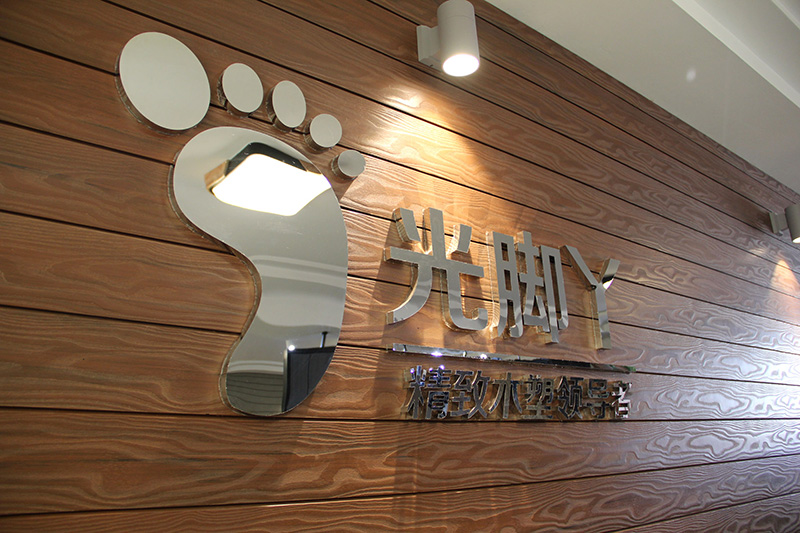
Above all, COOWIN is a leading manufacturer that has been working on WPC production and innovation for over 22 years. Unlike other manufacturers that mainly focus on capped composites. We provide our customers with a wide range of products including both capped composite and uncapped composites. However, we’re committed to the innovation and improvement of WPC material and are looking for partners that can work with us for win-win cooperation.

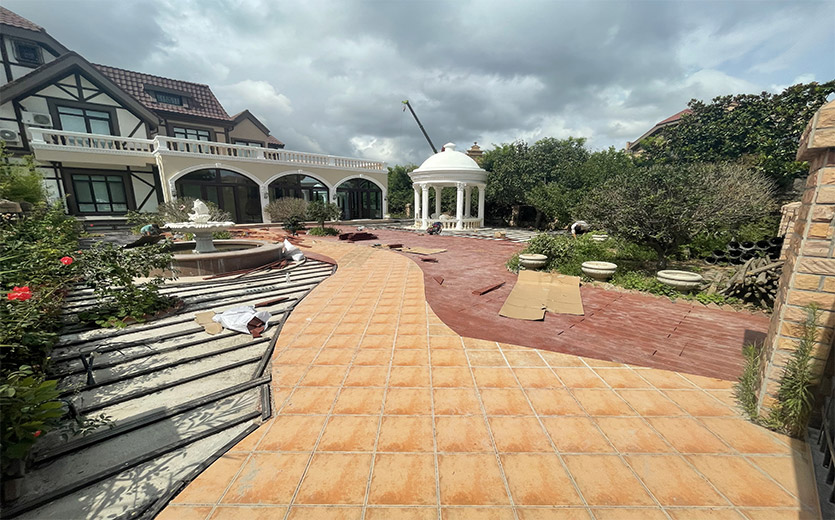
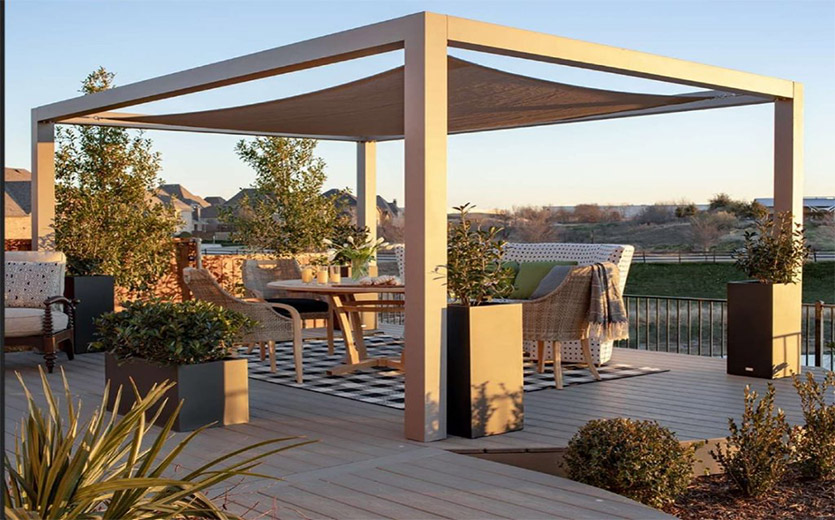
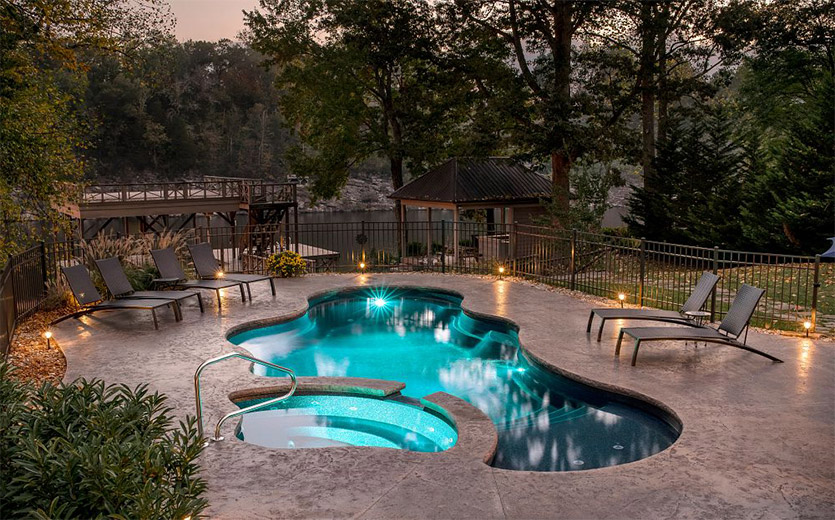
Post a Comment